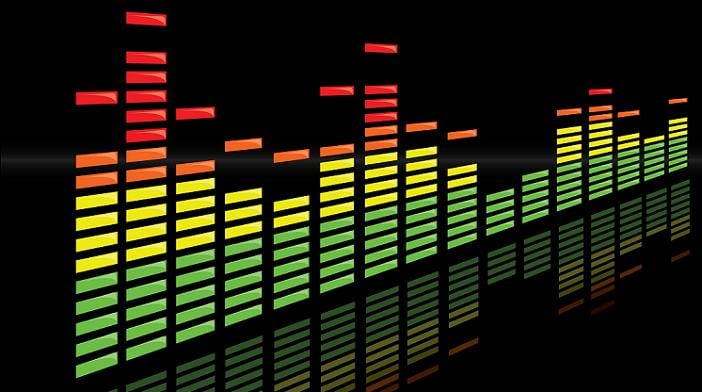 Image via gearslutz.com
Image via gearslutz.com
Vocals. They're the most elusive to record, yet so crucial to the song. Getting a great vocal performance depends on a great number of factors, such as how well-rehearsed the singer is, the vibe of the room, the mics, the outboard gear, and more. And on top of that, it takes a lot of skill as a producer to work with the artist to bring the best out of them.
There are three main approaches to getting a great vocal performance. What will work for one singer may not work with another singer, and as a producer, or even if you're recording yourself, being aware of which approach facilitates the best takes is essential. We'll discuss these three approaches here and talk about how and why they work. We'll also explore the pros and cons of each method.
Full takes
This is the age-old, tried-and-true method. In the days of analog tape, you couldn't just punch in and fix the way you sang one word. You had to sing through the whole song and hope that you nailed it! Today, this approach is still popular because it is the most effective way to capture the full picture of the song. It allows the singer to be present in every moment of the song from the beginning to the end, enabling him or her to be more dynamic and aware of the vibe and feeling of the song in the context of its entirety. In addition, this approach is great for comping. It captures the essence of the whole song while still giving you the option of choosing the best parts of each pass. For comping, it would be ideal to have about five to seven solid full takes of a performance to work with.
Pros: Getting a natural performance in its entirety, capturing the feel and dynamic of the song in context, giving you the option to comp
Cons: Running the risk of having a bad section and not having a take to replace it, potentially tiring out the singer
Section by section
This is also a great approach, especially with the technology we have nowadays, and I know some high-profile vocal producers who drill this method. They will go section by section – for example, doing the first verse, jumping to the second verse, then going back and grabbing takes of the choruses. On each section, they will drill it over and over again, getting anywhere from 10 to 30-plus takes of that one section while steering it with advice, trying to get it absolutely perfect down to the breaths and vowels. This method is great for being nitpicky and getting exactly what you want. It's really all about the details for this approach – do I want the singer to slide into the note or to hit it right on? Do I want the last word to cut off or hold out a tad bit longer? Do I want the section to sound more airy or full?
Pros: Getting specific on exactly what you want, digging into the details
Cons: Losing perspective on the song, risking the sections not flowing cohesively in the context of its entirety
Combo approach
To me, this is the most versatile approach. You'll do a good number of solid full takes, listen back to all of them to discuss any particular issues or sections you want to redo, and punch in on just those areas. This will help your sections flow together cohesively while still allowing you to get into the details. It does take a lot more time and effort during the recording process because not only do you have to do the full takes, you also have to listen back, address the issues, then go back and retrack. But as a result, I find that this approach ensures the highest chances of guaranteeing a "perfect" vocal performance. And of course, it's debatable whether or not a performance can ever be perfect, but this approach will give you the most flexibility and options to ensure that you have the best and most material to work with to piece together a solid performance.
Pros: Preserving the vibe of the whole song while being able to get into the details
Cons: It's a taxing process, it may tire out the singer, it can take quite a long time to do properly
When it comes down to it, the best way to capture a performance is really dependent on the individual singer. Being attentive to his or her needs and potential is what will give you the best results from these approaches. It would be a good idea to start with full takes to get a sense of what a singer is like if you've never worked with him or her. And if you know the singer, try to find out which approach best suits that person, and be flexible! It's a fluid process, and it takes a lot of practice and patience to get a great performance, but it's always worth the effort.
Next up:
- 6 Simple Tips for Nailing Your Vocal Recording Session
- 7 Secrets for Getting Pro-Sounding Vocals on Home Recordings
- How to Handle a Microphone Like a Pro
- 4 Tips to Get Better at Playing and Singing Simultaneously
Belinda Huang is a contributing writer for Sonicbids. She is a music production & engineering major at Berklee College of Music and is a staff writer for their online newspaper, The Berklee Groove.







